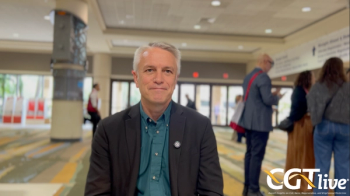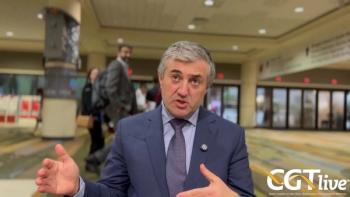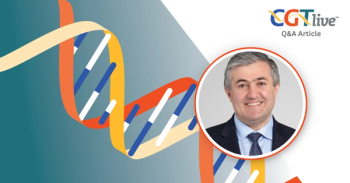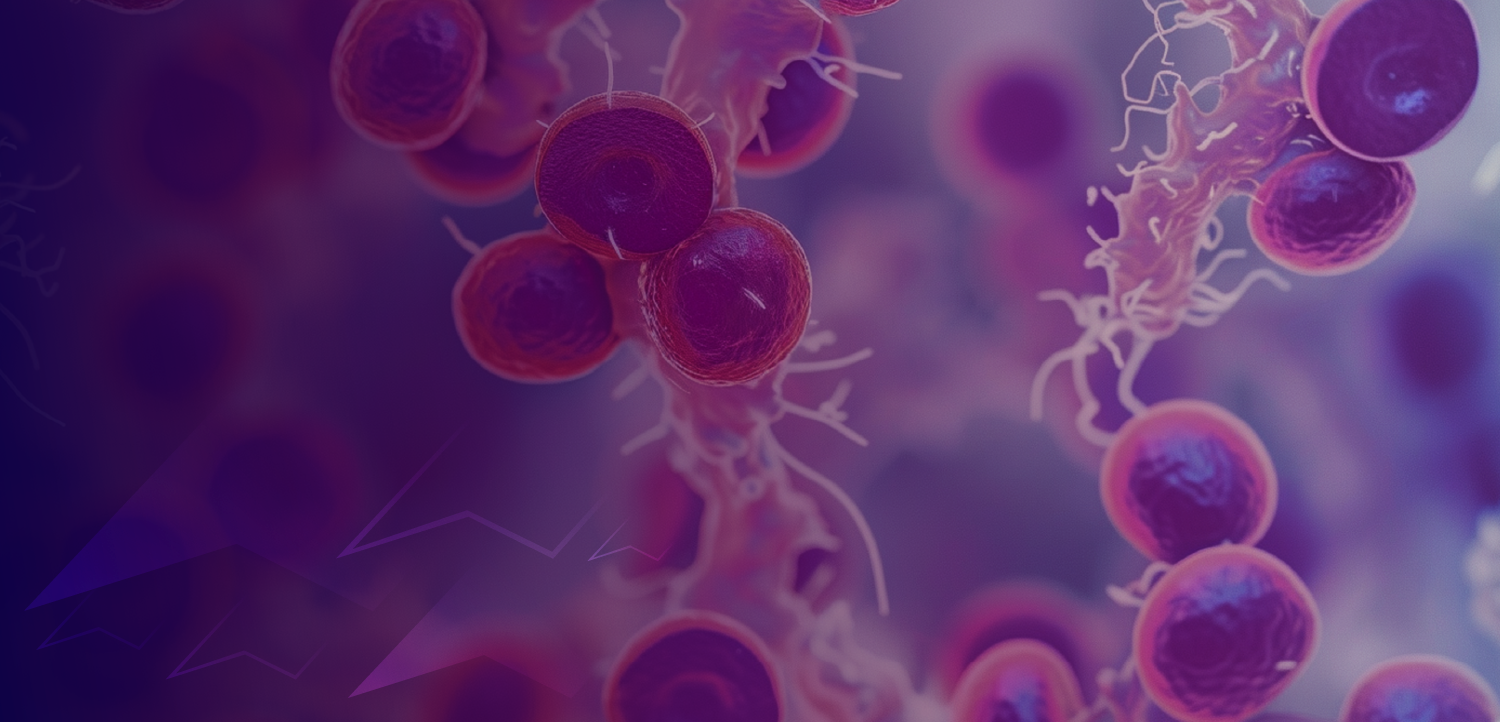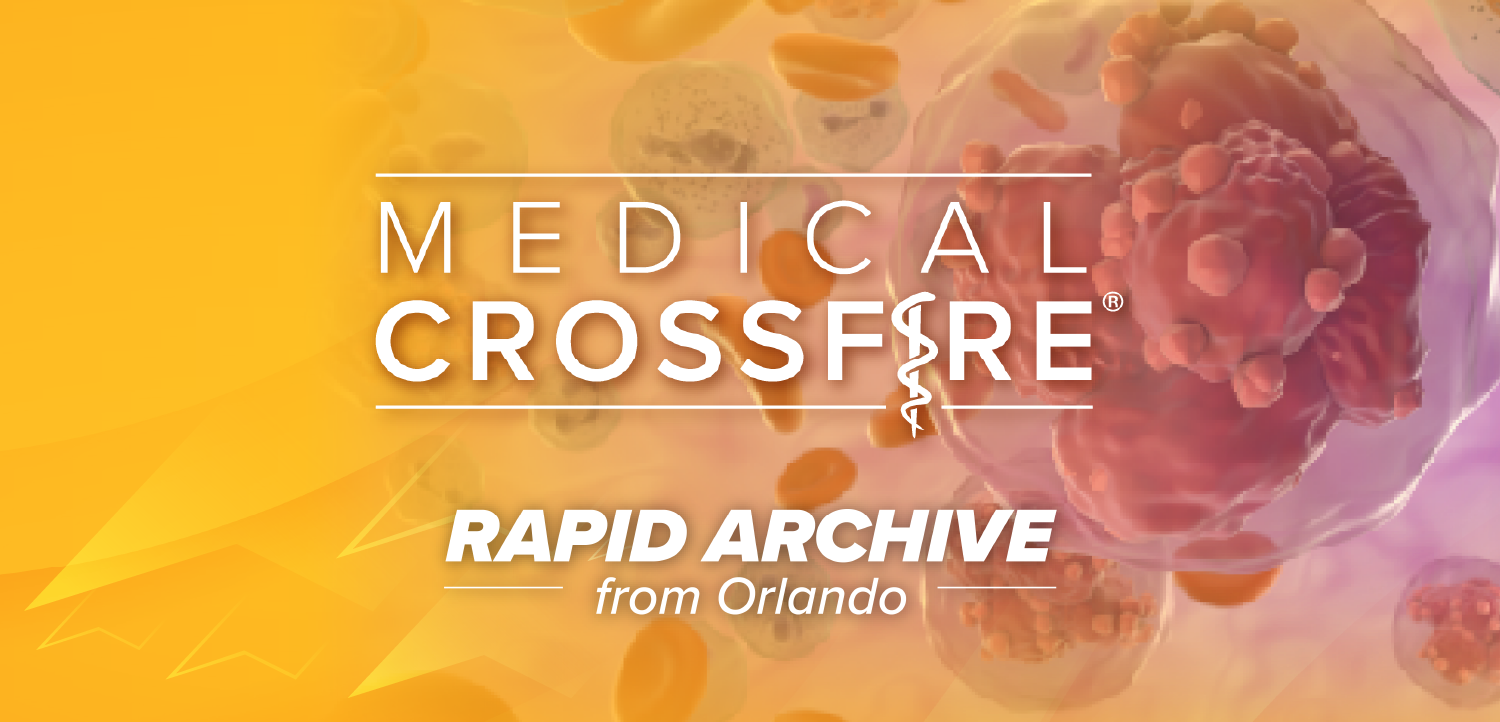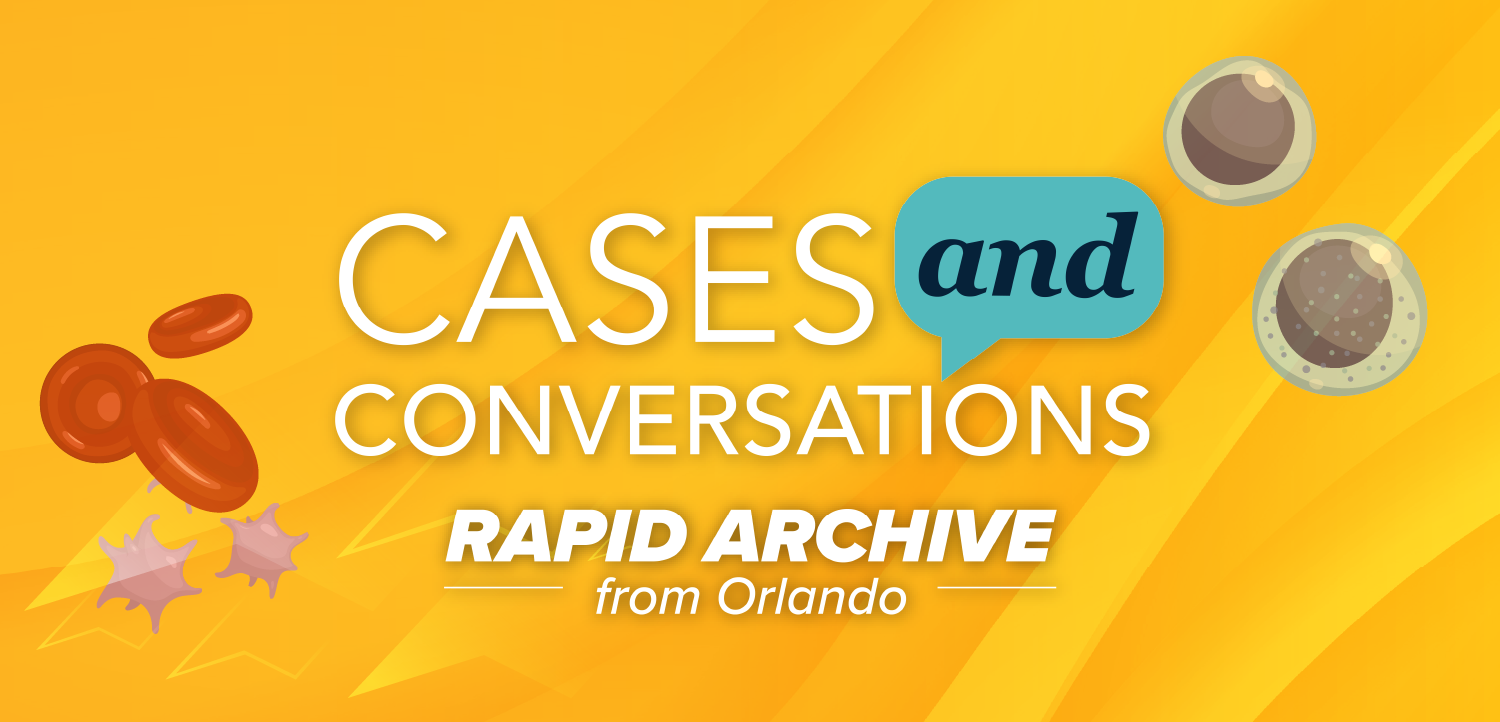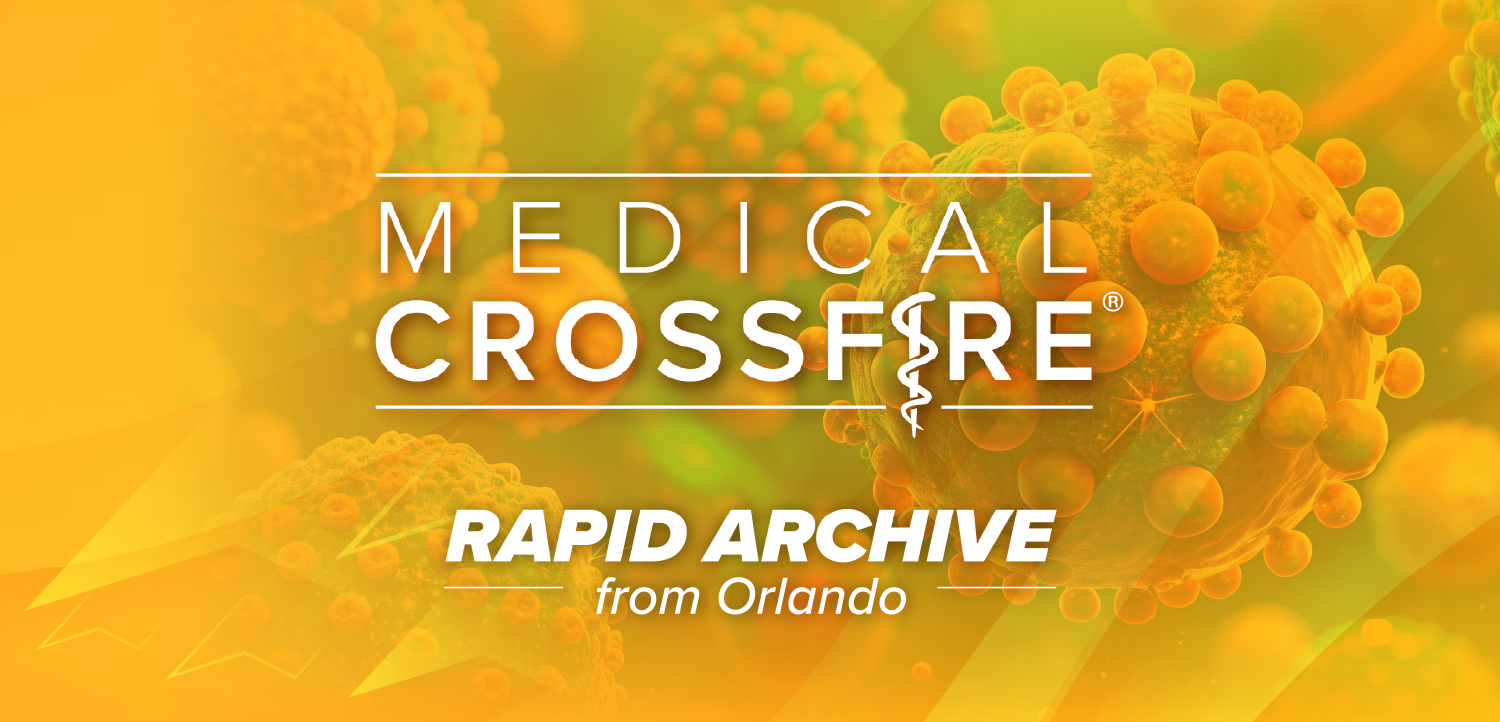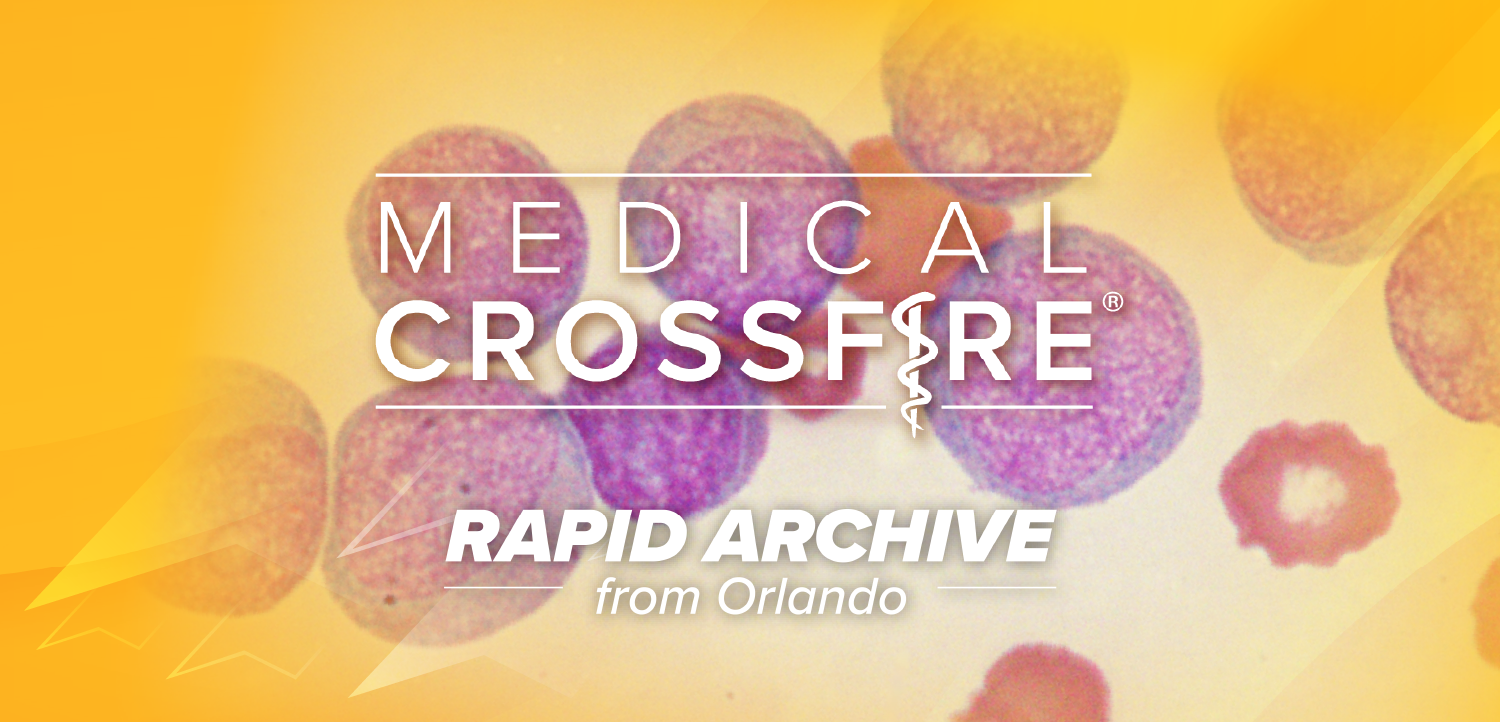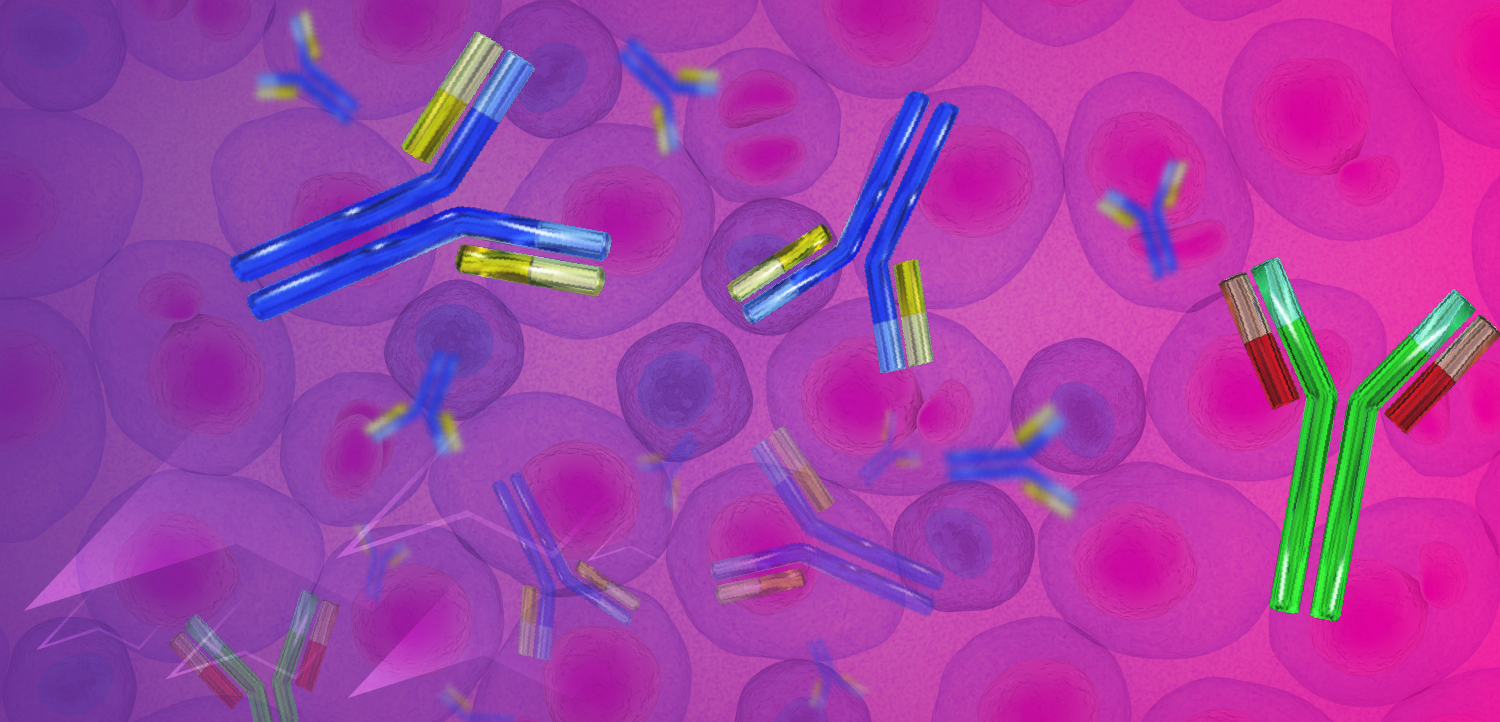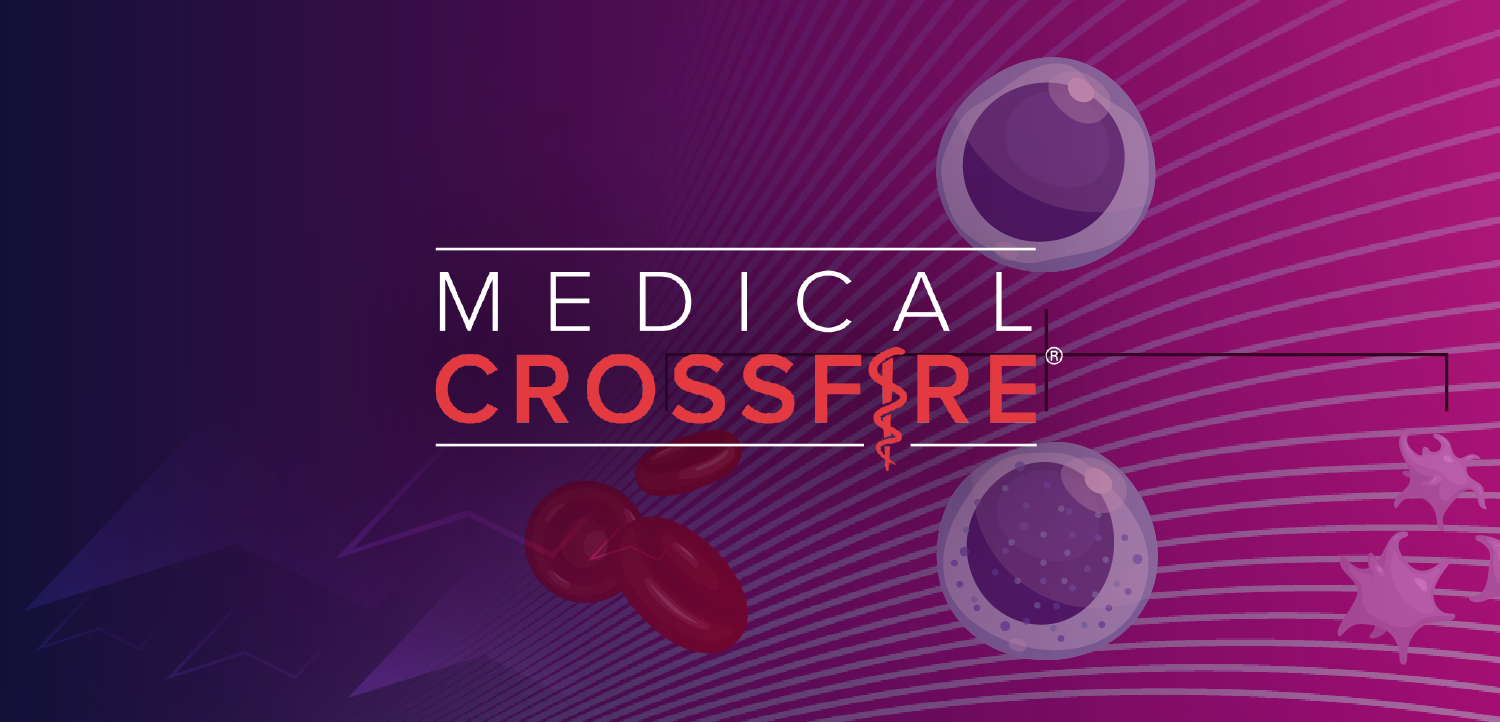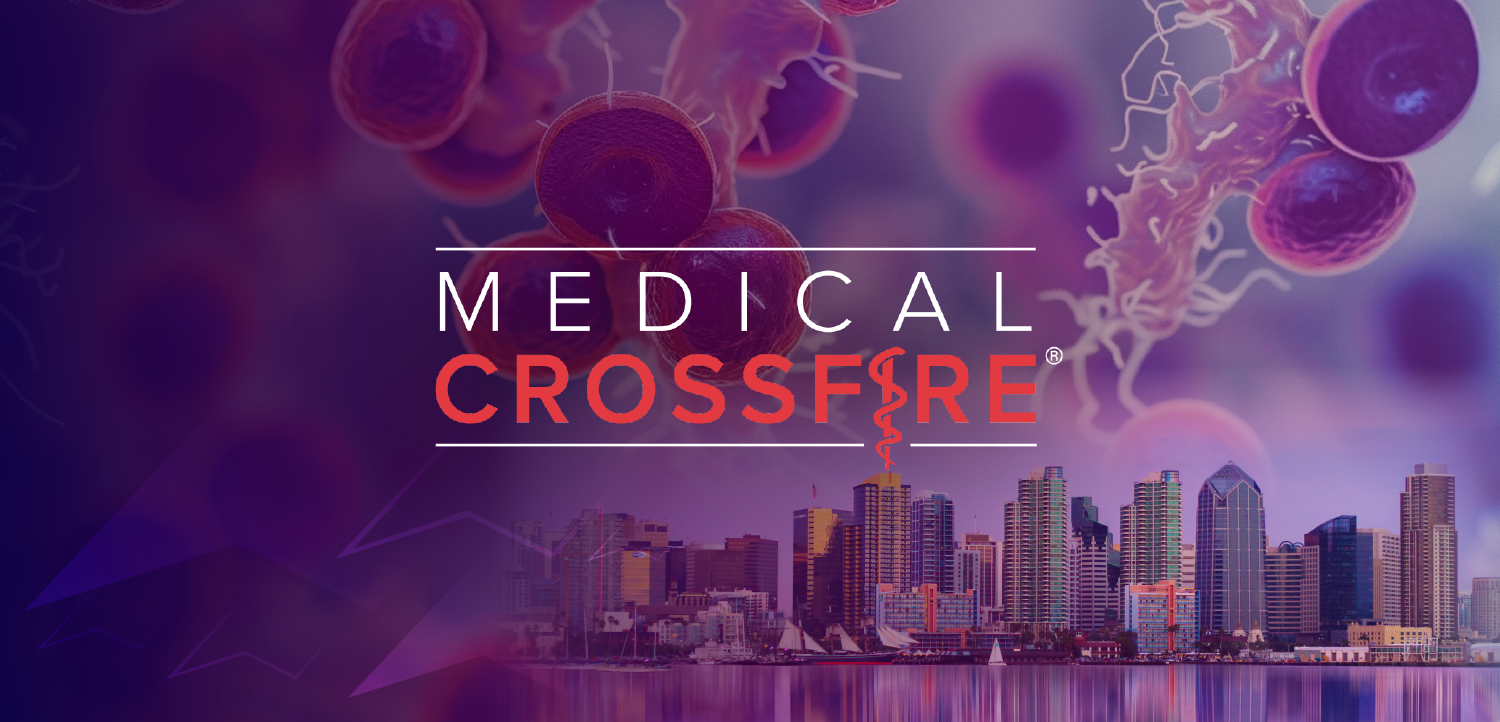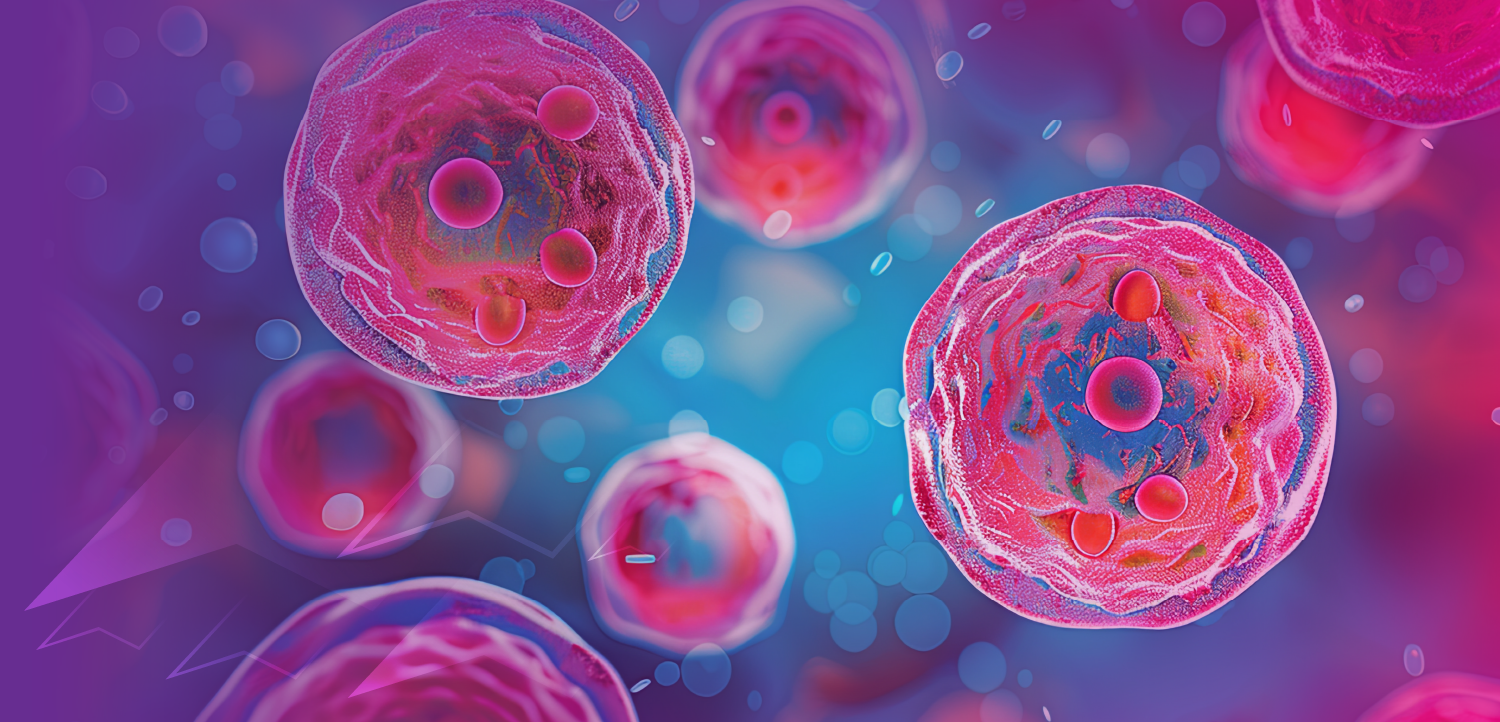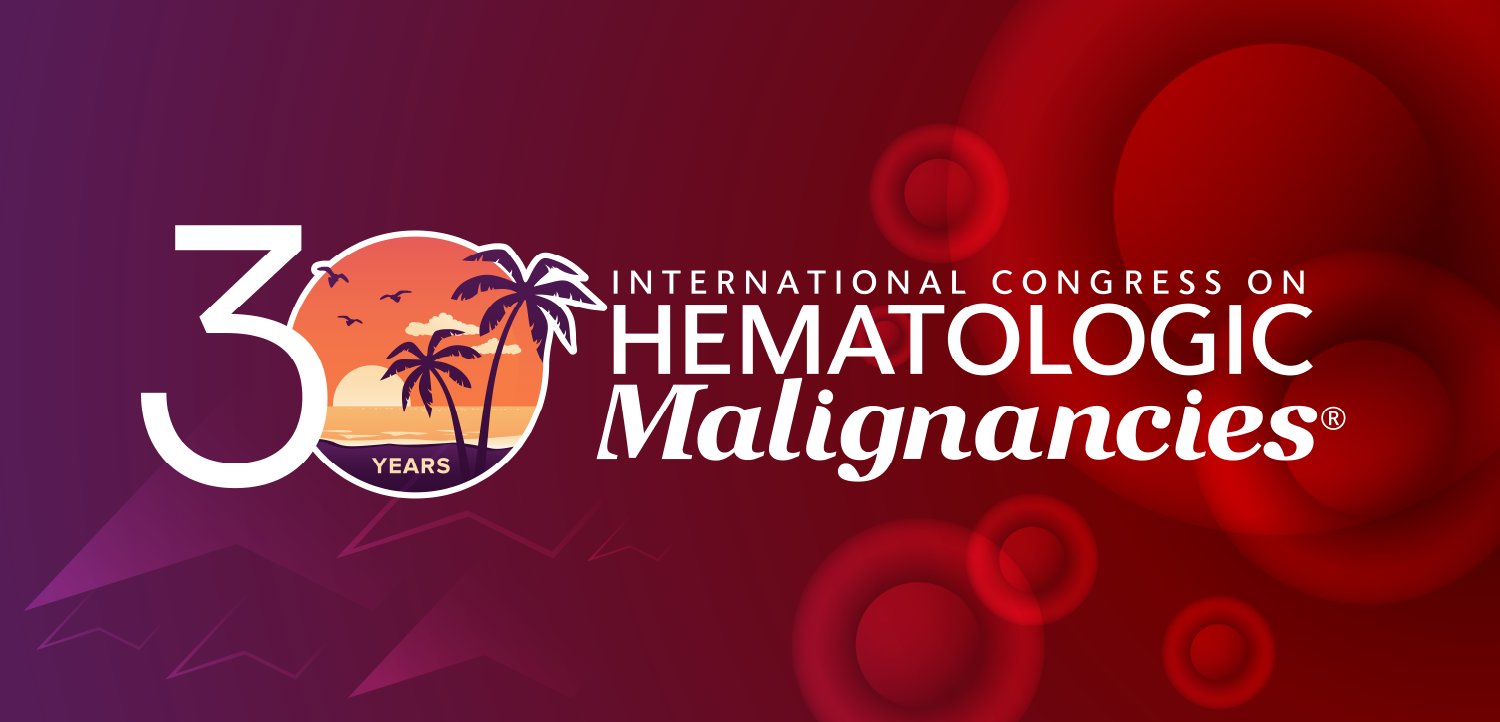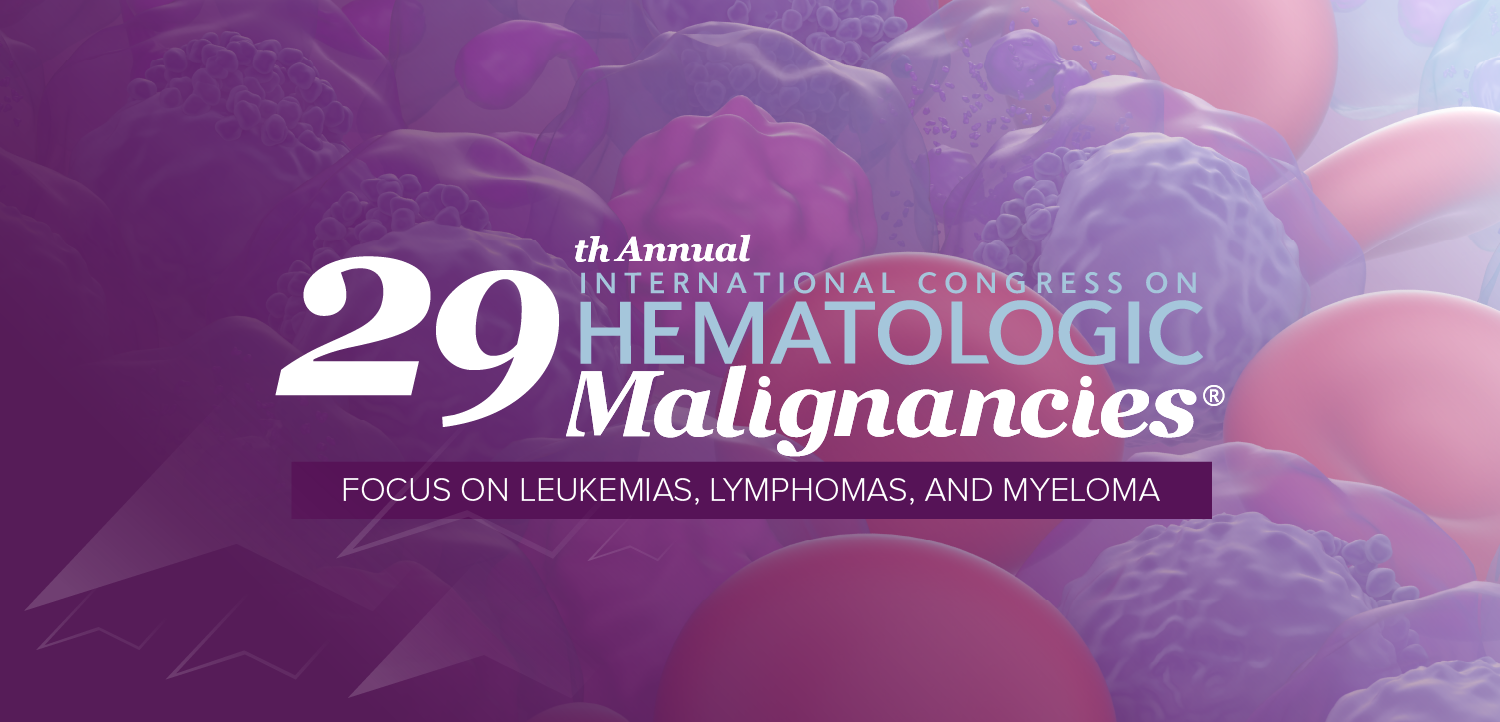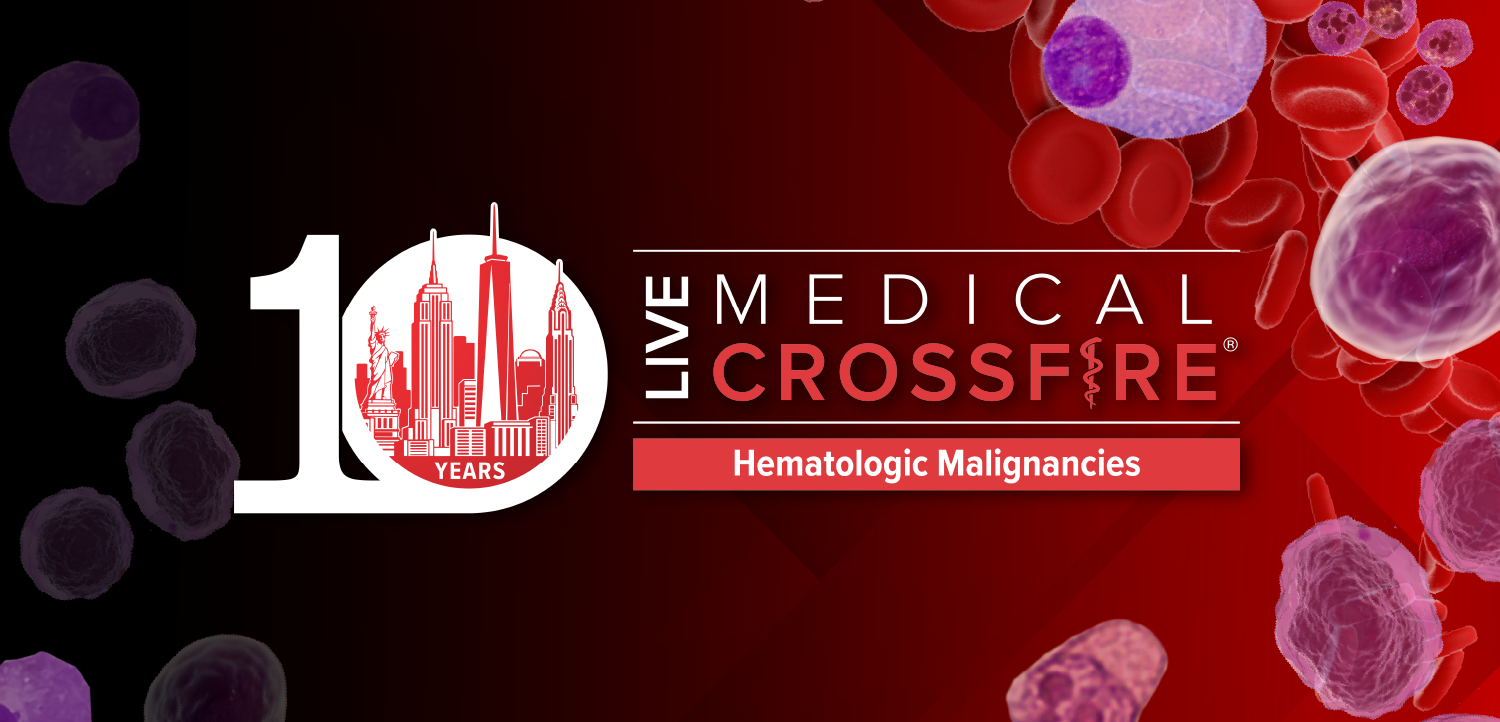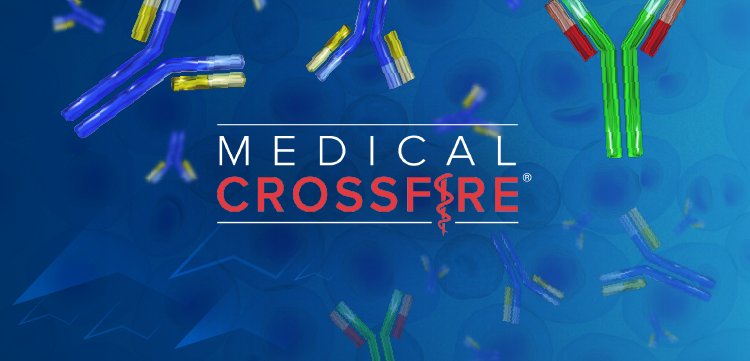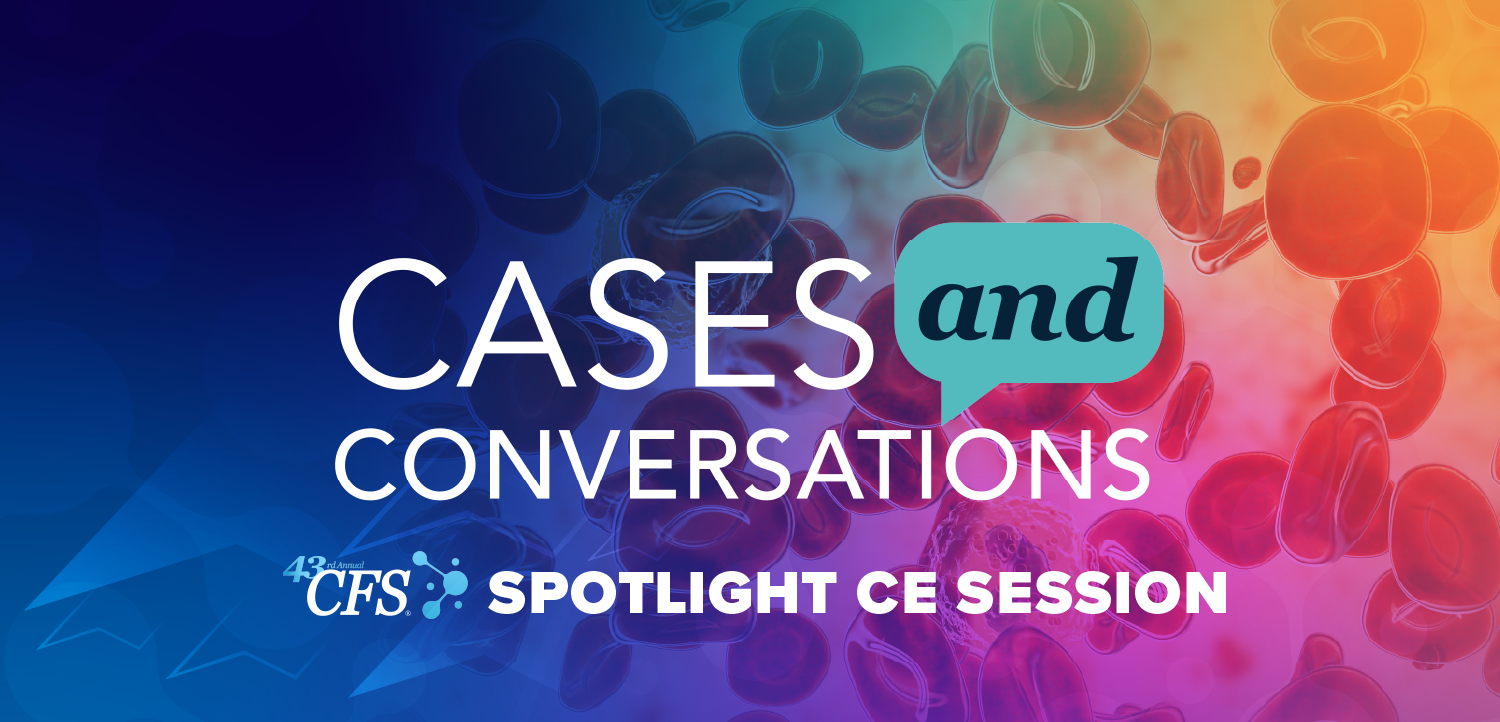
Ula V. Jurkunas, MD: CALEC Transplant Feasible for Limbal Stem Cell Deficiency
The associate professor of ophthalmology at Harvard Medical School discussed early results from a phase 1/2 trial from Mass Eye and Ear and partners.
"This study basically shows that it is feasible to cultivate the stem cells and it is safe. The study does present case reports and how the patients did, however, more definitive statements on the outcomes or the efficacy will be in the next study.”
Limbal stem cell (LSC) deficiency, caused by chemical burns, other eye injuries, infection, or hereditary diseases, may result in permanent vision loss, pain, and discomfort. The current standard of vision rehabilitation, artificial corneal transplant, requires limbal cells and a healthy eye surface and leaves many patients without treatment options.
In the pursuit of new modes of treatment, researchers from Massachusetts Eye and Ear Institute, Boston Children’s Hospital, JAEB Center for Health Research, and Dana-Farber Cancer Institute investigated cultivated autologous limbal epithelial cells (CALEC) in 4 patients with unilateral LSC deficiency in a phase 1/2 trial (NCT02592330).CALEC transplant includes removing stem cells from the patient’s healthy eye via a small biopsy, expanding and growing the cells on a graft before transplantation.
Investigator Ula V. Jurkunas, MD, associate professor of ophthalmology, Harvard Medical School, and Mass Eye and Ear, and colleagues found that patients experienced restored cornea surfaces, with 2 able to undergo a corneal transplant and 2 reporting significant improvements in vision without additional treatment 12 months after transplant. The trial has opened a second recruitment phase which will include 18-month follow-up for the treated patients as well as a larger cohort based off the data.
CGTLive spoke with Jurkunas to learn more about the new data and potential advantages of CALEC transplant for patients with LSC deficiency. She discussed next steps in evaluating the therapy and further research she would like to see conducted.
REFERENCE
Jurkunas UV, Yin J, Johns LK, et al. Cultivated autologous limbal epithelial cell (CALEC) transplantation: Development of manufacturing process and clinical evaluation of feasibility and safety. Sci. Adv. (2023) 9, eadg6470.doi: 10.1126/sciadv.adg6470
Newsletter
Stay at the forefront of cutting-edge science with CGT—your direct line to expert insights, breakthrough data, and real-time coverage of the latest advancements in cell and gene therapy.

